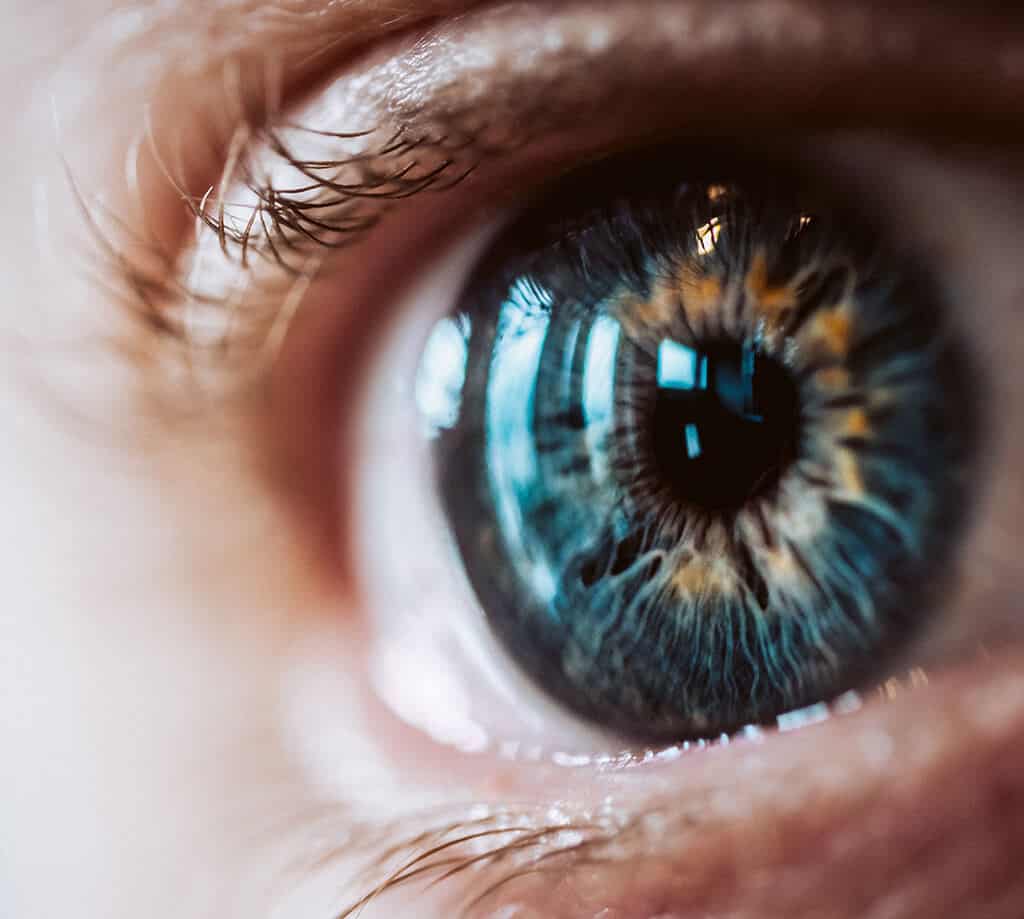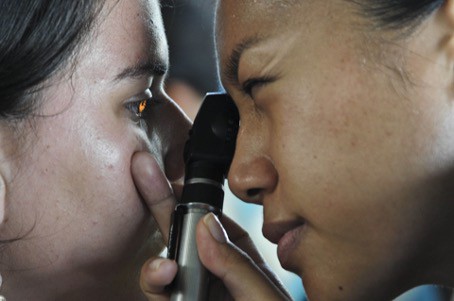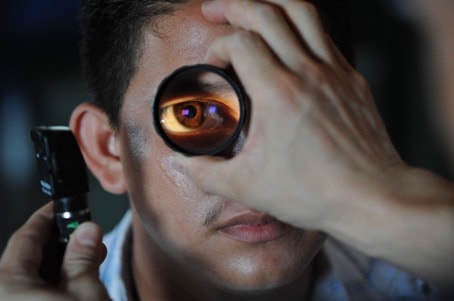
Cataract Surgery
What is Cataract Surgery?
Cataract surgery is a surgical procedure performed to eliminate cataract condition, which is one of the leading eye conditions that develops due to aging.
Cataract is one of the most common concerns in society. In addition to diseases such as hypertension, diabetes and cholesterol in elderly people, cataract eye condition is frequently encountered.
Cataract condition can be seen in individuals over the age of 40. It is seen that this disease occurs with the effect of environmental factors, physical factors, and genetic factors. Depending on the age, the adaptability of the eye lens to the environment gradually disappears.

However, in later periods, it can be seen as fiber formation around the eye lens in people. As this condition progresses and causes vision loss, it is called cataract disease.
What is Cataract?
Cataract disease is one of the most common eye conditions in the world. The fulfillment of the basic function of the eye decreases with advancing age. Dark and light reflexes decrease even more in the aging individual, and problems such as nearsightedness may occur.
The biggest cause of progressive vision problems is due to this disease known as cataract. A fibrous plaque forms around the lens, which has a great influence on the visual function of the eye. As the disease progresses, this plaque, which covers the entire retina, causes visual disturbances.
It will be possible to reach more detailed information on this subject by examining the contents of cataract surgery articles.
What Are the Symptoms of Cataract?
After the formation of cataract, many symptoms are seen in people, especially vision loss. The occurrence of cataract disease manifests itself primarily with blurred vision. This situation does not attract the attention of people too much and creates a feeling of looking through a blurry glass later on.

If the cataract disease progresses, reading, driving and other activities like this become impossible. When the contents of the cataract surgery book are examined, the symptoms of this disease are seen as follows:
- Difficulty in reading
- Increasing visual disturbances day by day
- Realized sensitivity to light
- double vision
- Existence of fading and yellowing in colors
- Deterioration of night vision
- Frequent change of glasses degrees
Cataract Surgery for Whom?
When the cataract surgery outpatient procedure is in question, it can be said that this surgical procedure is performed only in advanced cataracts. Surgery can be applied in each of the diseases that have progressed to light sensitivity.
Since cataract disease will prevent the person from seeing, it will cause the person to not be able to fully fulfill their physical needs. This will become a big problem for people. Therefore, the surgical procedure is widely practiced today.
Since it is a problem that will affect people’s social lives, it is a disease that requires surgery. Various applications can be made to prevent the progression of this disease. However, the only treatment that can be applied as a definitive solution in advanced diseases is surgery.
Cataract Surgery Process
The surgical procedure used in the treatment of cataract disease is a minor operation. Cataract surgery is seen as a simple operation that can also be performed with laser application. However, it is of great importance because the organ in which the operation is performed is the eye. Local anesthesia is used during the surgical procedure. Usually, a drop of narcotic in the eye is sufficient for this procedure.
There are multiple conditions among the causes of cataract surgery. Many diseases, especially diabetes, can cause this disease. During this surgical procedure, the natural lens that prevents vision is first removed.
A transparent and artificial lens is placed in place of the removed natural lens. This procedure is performed with local anesthesia and patients do not need to be hospitalized after the procedure.
Considerations After Cataract Surgery
The surgical procedure for cataract disease is an outpatient surgery. There are some recommendations to prevent the occurrence of cataract surgery complications. The first of these prevents the head from tilting forward after the surgical procedure.

After the surgical procedure, it is necessary to apply cold application to the treated eye at 15-minute intervals. Afterwards, patients can go home with protective glasses.
It is necessary to avoid direct contact of the surgically operated eye with the hand, dust and soil. Serious complications may occur as this will cause infection. At the same time, it is recommended that patients avoid activities that increase eye pressure.
One of the activities that will increase eye pressure is bending the head forward. This is a procedure that should definitely be avoided as it will cause bleeding in the eye. On the other hand, performing the prayer with a hint is a process that should be considered until the recovery period.
Smart Lens
Smart lens application is one of the applications that cataract patients are curious about. Cataract surgery is one of the intraocular lens procedures, which has become increasingly common in recent years. Smart lens application is preferred to eliminate the use of glasses by patients after cataract surgeries.
It should be known that artificial lenses placed in the eye after cataract surgeries can only provide goodness in seeing far. Apart from this, patients need to use glasses to see up close. Such lenses are called monofocal unifocal lenses.
However, another type of lens offered is lenses that provide both near and far vision. These lenses are called bifocal bifocal lenses. While these lenses allow people to see near and far, they do not give effective results for the distance between 40 cm and 2 meters.
Trifocal trifocal lenses, which are popularly known as smart lenses, are lenses that can eliminate all eye problems. These lenses provide a comfortable view of far, near and distances between 40 cm and 2 m.


